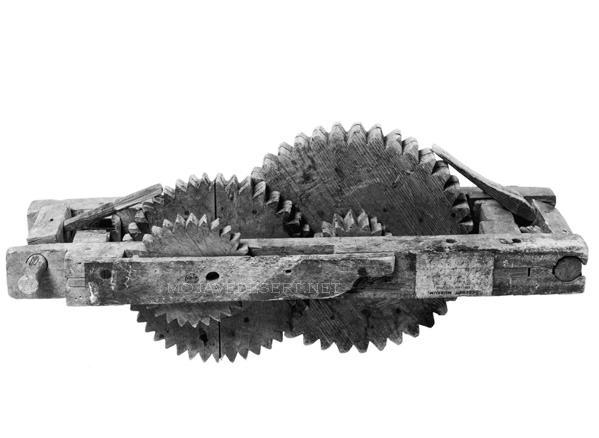Are we there yet?
An odometer was an instrument used by American pioneers, particularly during the westward expansion in the 19th century, to measure the distance traveled. These devices were vital for journeys along routes like the Old Spanish Trail, as they helped travelers gauge their progress, estimate their arrival times, and manage their resources more effectively.

The basic principle of the odometer dates back to ancient times, with variations used by the Romans and Chinese. However, the version used on covered wagons was adapted to the needs of the pioneers. It typically involved a mechanism that counted the revolutions of a wagon wheel. Since the wheel’s circumference was known, each revolution corresponded to a specific distance traveled. This count was then converted into miles or another distance unit and displayed.
This simple but effective device was crucial for pioneers who had to navigate vast, often unmarked territories. Knowing how far they had traveled, they could make informed decisions about when to rest, resupply, or seek shelter, especially as they faced the weather, terrain, and other uncertainties of frontier travel.